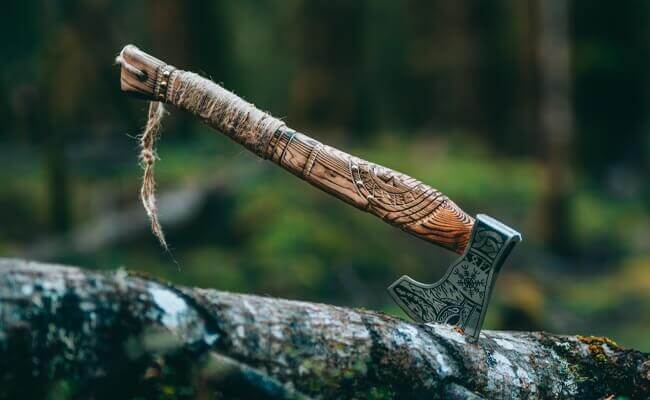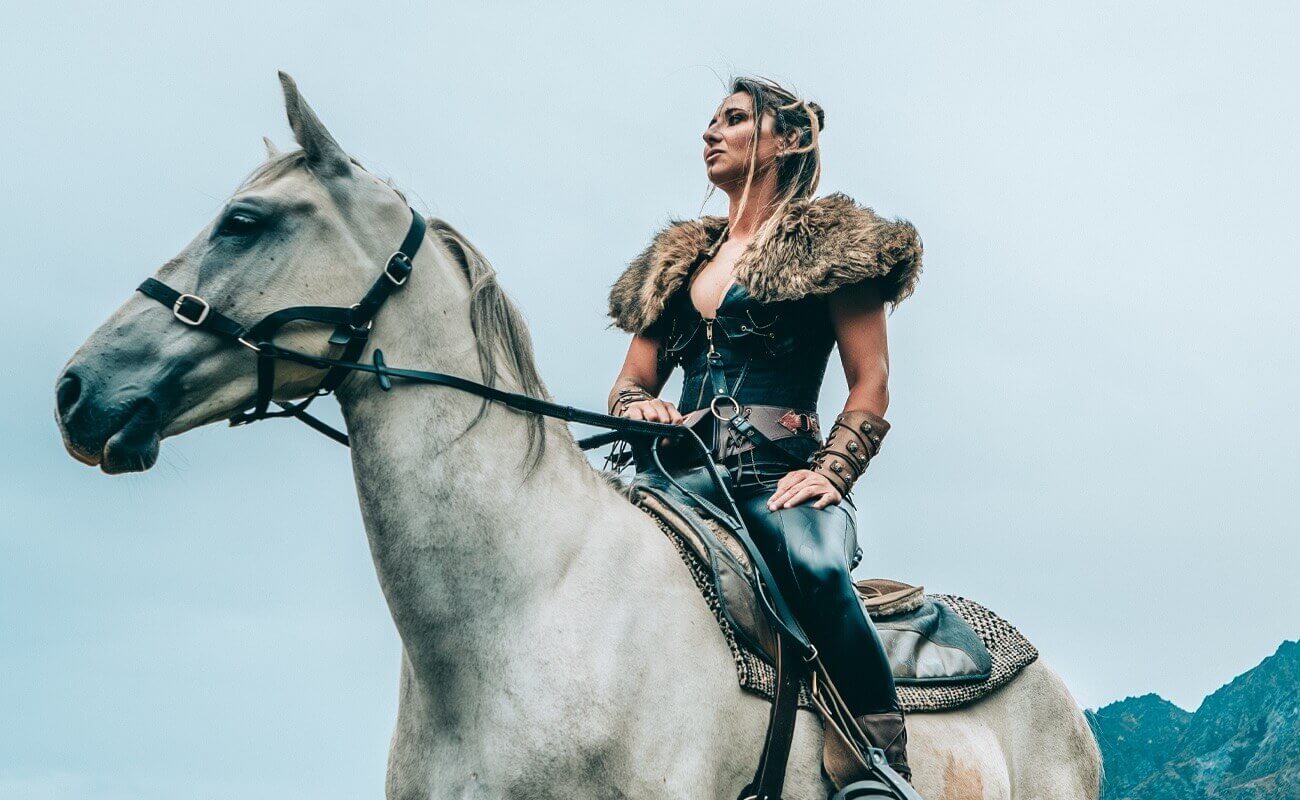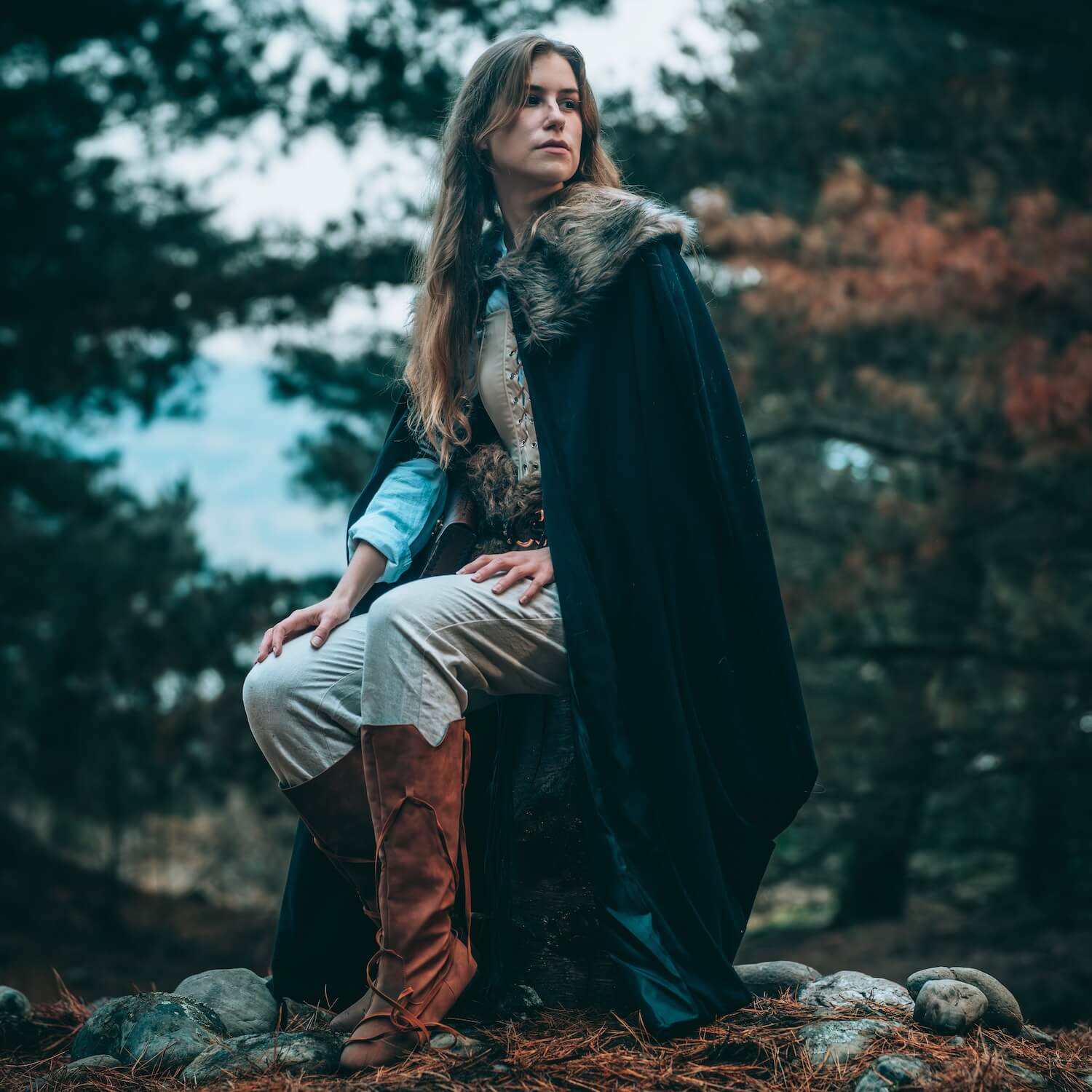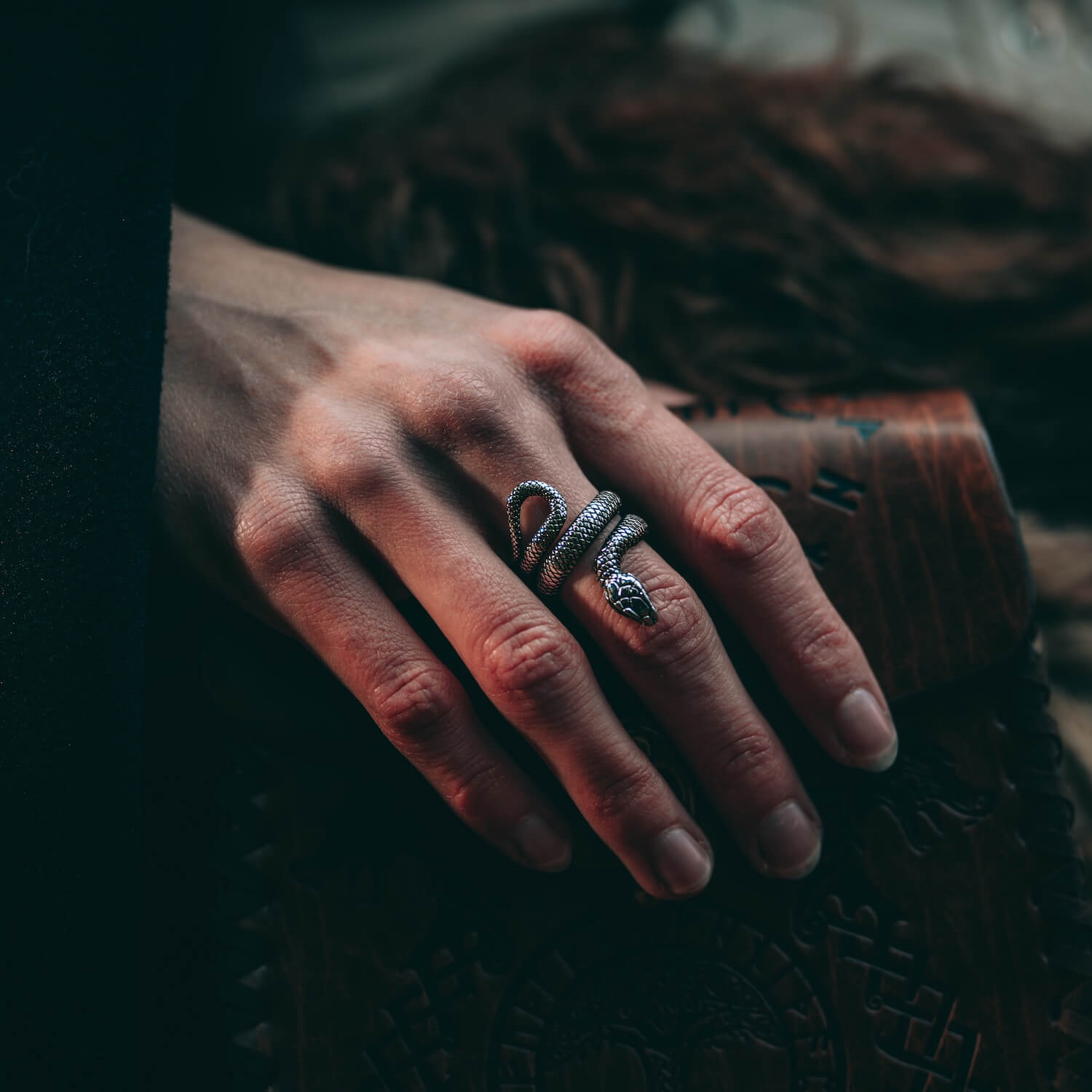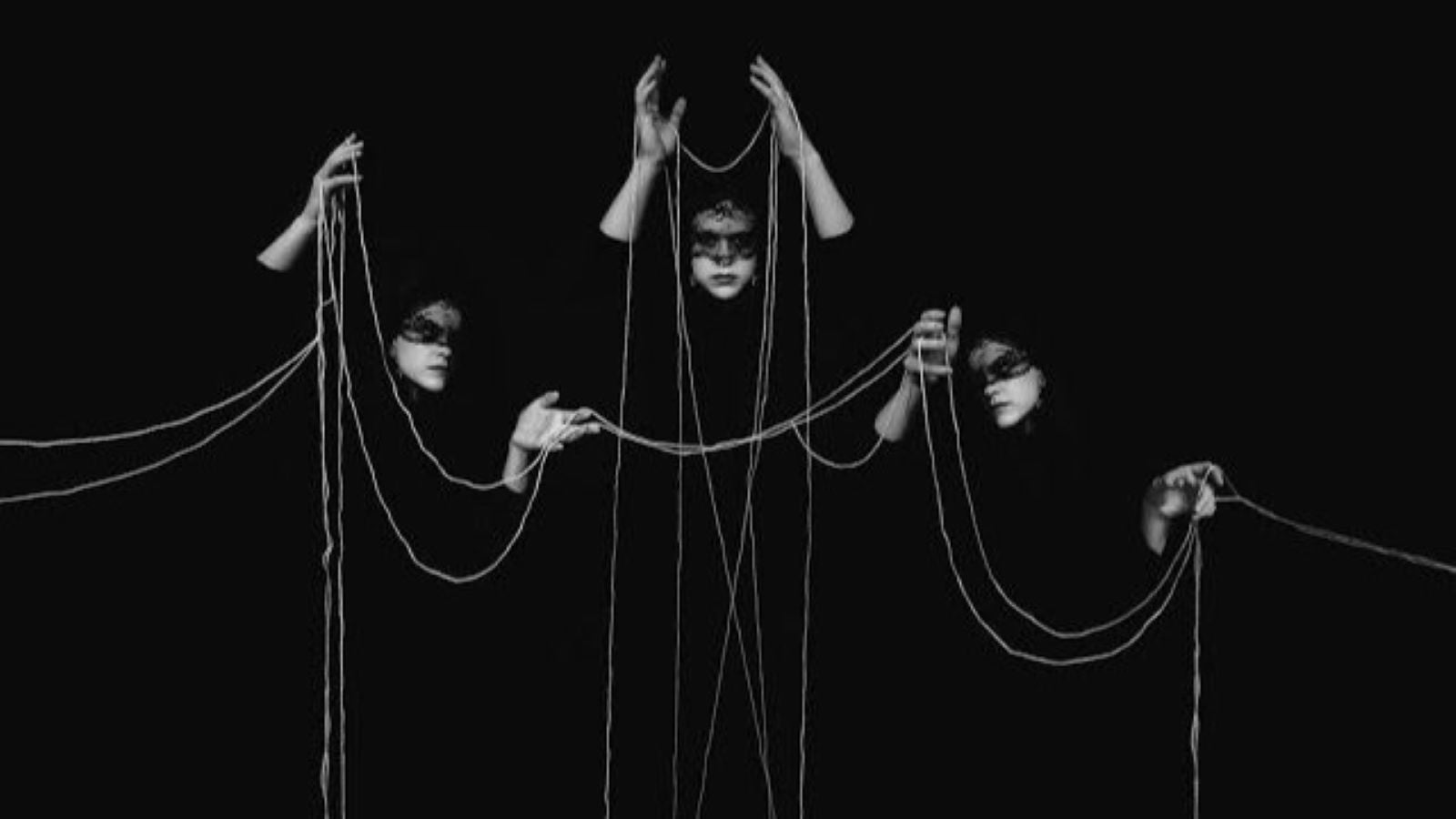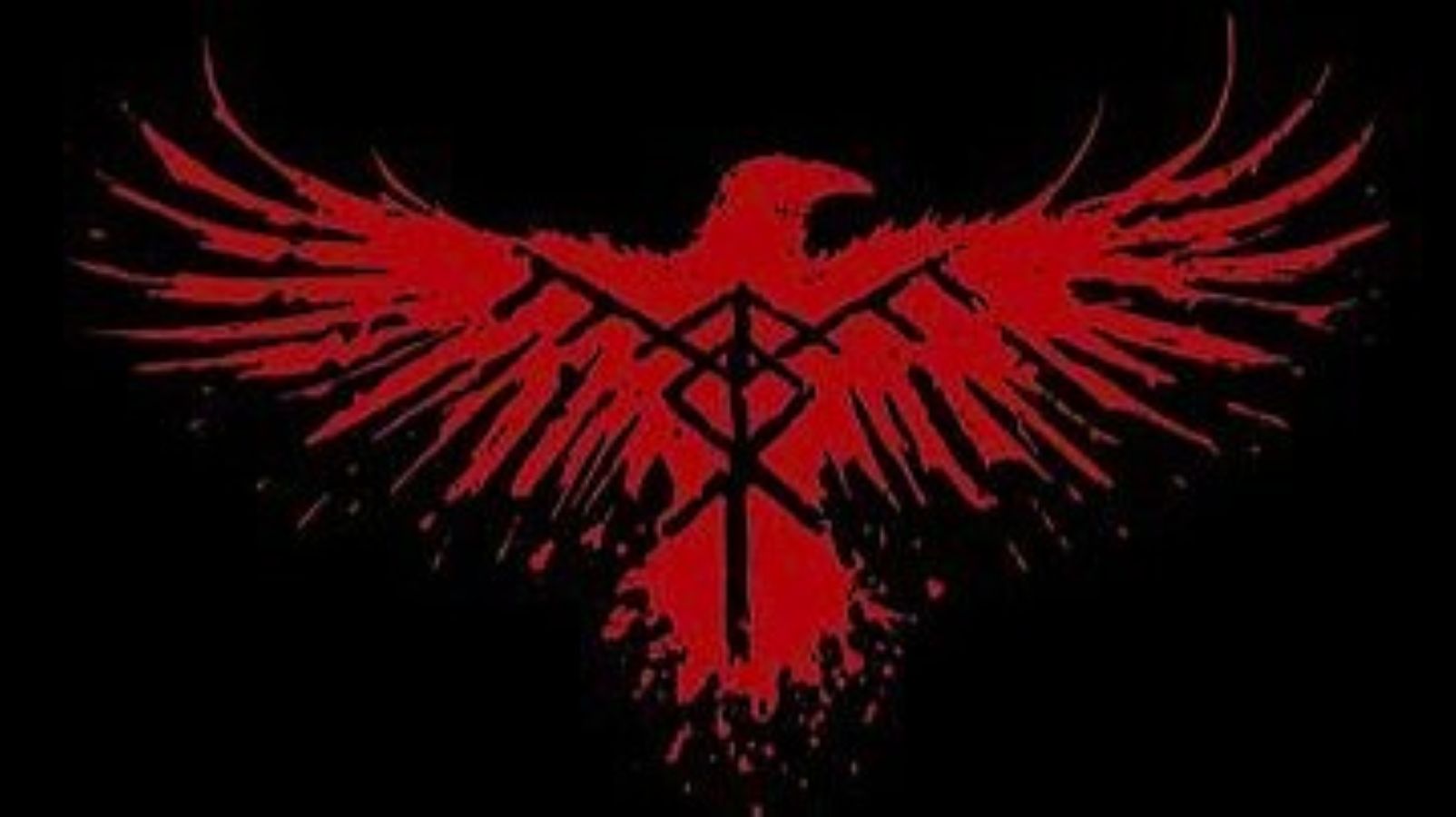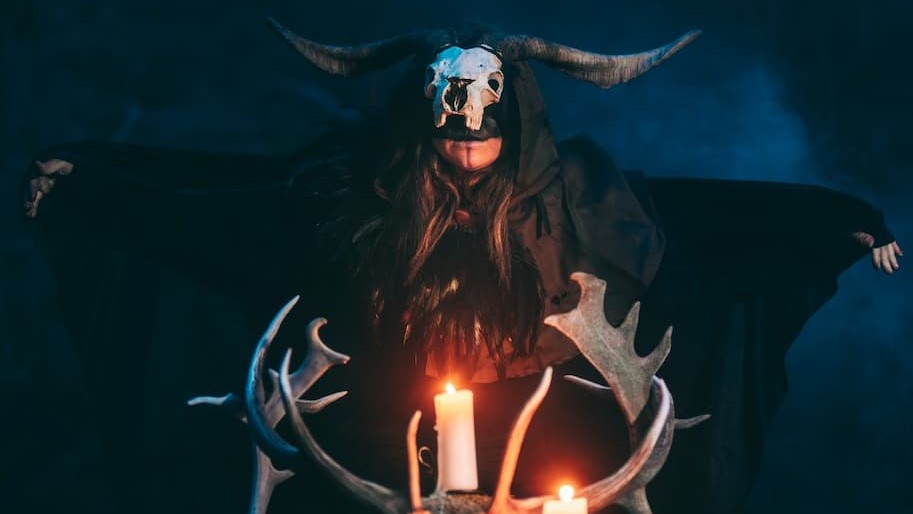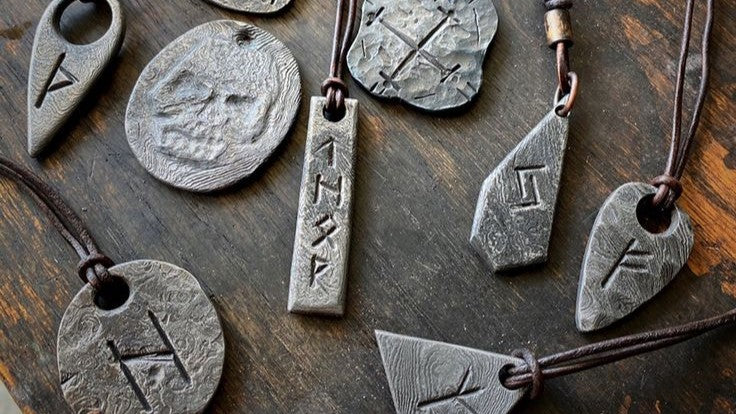
Crafting Tales in Metal: The Art of Viking Jewelry
In the annals of history, the Vikings stand as formidable artisans, their legacy etched in the intricate patterns of their jewelry. These adornments, more than mere trinkets, were imbued with meaning, crafted with precision, and worn with pride.
The Vikings were resourceful, drawing inspiration from the world around them. Their jewelry was often fashioned from materials close at hand, such as silver, gold, bronze, and even iron. Each metal carried its significance, with gold symbolizing wealth and status, while silver spoke of purity and protection. Precious gemstones, like amber and garnet, added splashes of color to their designs, believed to possess mystical properties and imbue the wearer with strength and luck.
Step by step, the Vikings transformed raw materials into exquisite works of art. Their methods were meticulous, passed down through generations. They began with the forge, where skilled craftsmen heated metals to malleable temperatures. With hammer and anvil, they shaped raw materials into thin sheets or intricate wirework. For more elaborate designs, the Vikings employed casting techniques. Molten metal was poured into molds carved from stone or clay, resulting in finely detailed pendants and brooches. No Viking piece was complete without intricate detailing. Artisans etched runes or intricate patterns onto the metal's surface, infusing each piece with symbolic meaning. Filigree work, delicate strands of metal twisted and woven, added texture and depth to their creations. Gems held special significance in Viking culture, believed to possess magical properties. Artisans carefully set stones into their jewelry, enhancing their beauty and harnessing their mystical energies.
Viking jewelry was more than mere decoration—it was a reflection of their beliefs, values, and identity; Amulets and talismans were worn to ward off evil spirits and protect the wearer from harm. Elaborate pieces adorned chieftains and nobles, showcasing their power and prestige within Viking society. Runes and symbols engraved into jewelry conveyed messages of strength, courage, and loyalty to one's clan and gods.
Though centuries have passed since the age of the Vikings, their craftsmanship endures. Today, artisans around the world pay homage to their legacy, crafting jewelry inspired by ancient designs and techniques. Each piece serves as a tangible link to the past, a testament to the enduring allure of Viking culture.

